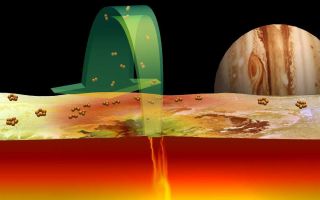
PIA02547: The Role of Sulfur in Io's Volcanoes
|
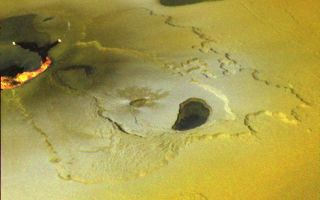
PIA02550: Ongoing Volcanic Eruption at Tvashtar Catena, Io
|
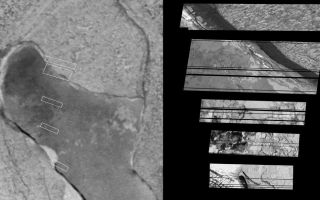
PIA02551: Snapshots of Chaac: Io's calderas up close
|
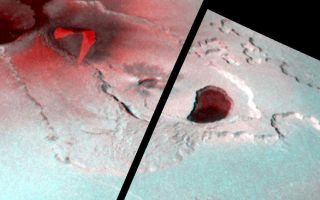
PIA02552: Stereo Image of Tvashtar Catena, Io
|
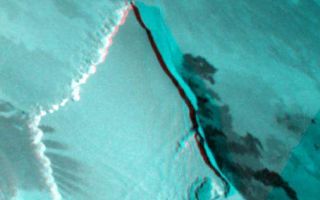
PIA02553: Stereo Image of Zal Patera and Neighboring Mountain, Io
|
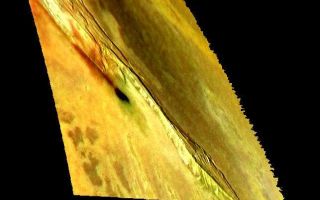
PIA02554: Colorized View of Zal Region, Io
|
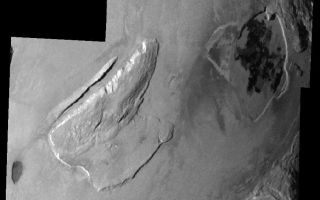
PIA02555: Shamshu Mons and Patera, Io
|
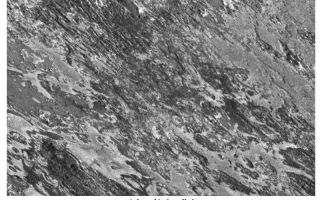
PIA02556: Highest-Resolution Picture of Io
|
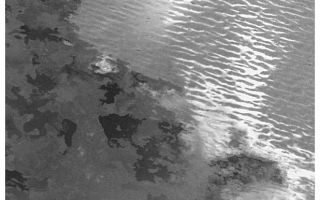
PIA02557: Lava Flows and Ridged Plains at Prometheus, Io
|
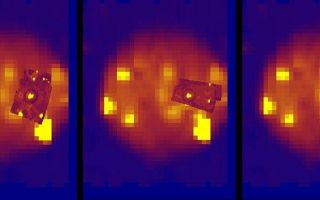
PIA02558: Myriad of Hot Spots on Io
|
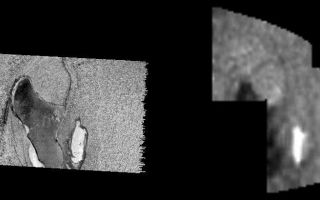
PIA02559: Sulphur Dioxide on the Chaac Region of Io
|
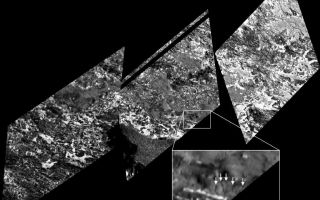
PIA02562: Very High Resolution View of Io's Surface
|
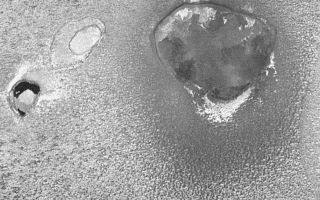
PIA02563: Camaxtli Patera, An Active Volcanic Center on Io
|
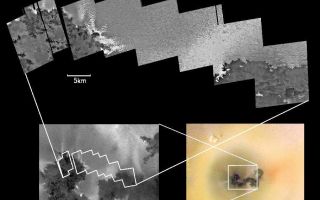
PIA02564: Io's Prometheus Volcano at Various Resolutions
|
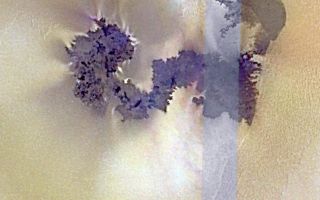
PIA02565: Sources of Volcanic Plumes Near Prometheus
|
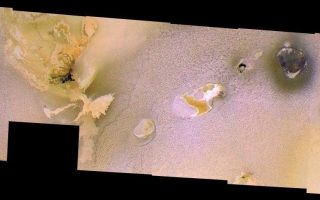
PIA02566: Io's Chain of Craters
|
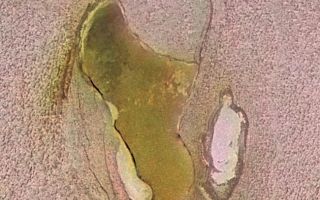
PIA02566a_full.jpg
|
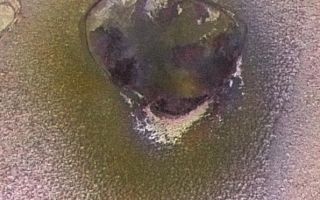
PIA02566b_full.jpg
|
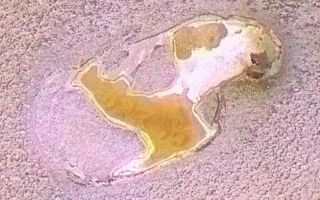
PIA02566c_full.jpg
|
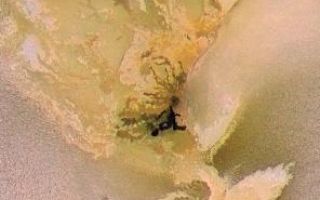
PIA02566d_browse.jpg
|
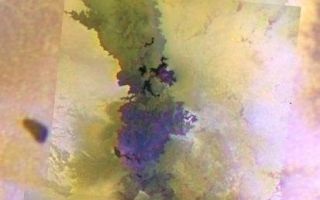
PIA02567: Giant Lava Flow on Io, in Color
|
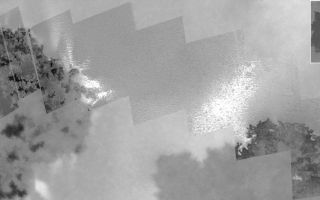
PIA02568: Galileo Takes a Close-up Look at Prometheus
|
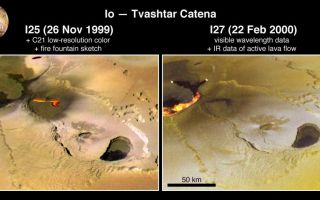
PIA02584: Eruption at Tvashtar Catena on Io
|
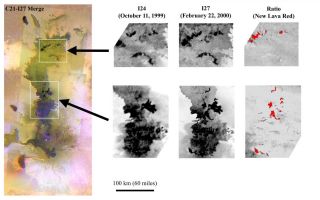
PIA02585: Amirani's Big Lava Flow on Io
|
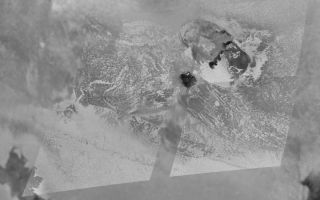
PIA02586: Tohil Mons, Io
|
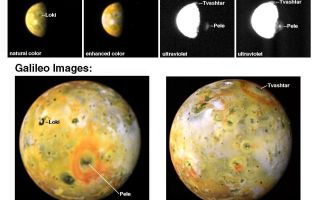
PIA02588: Galileo and Cassini Image Two Giant Plumes on Io
|
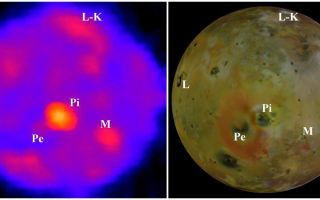
PIA02589: Io's Nighttime Heat
|
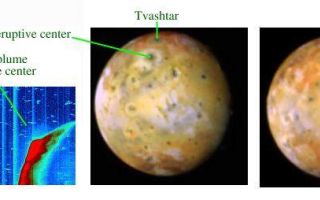
PIA02592: Northern Plume and Plume Deposits on Io
|
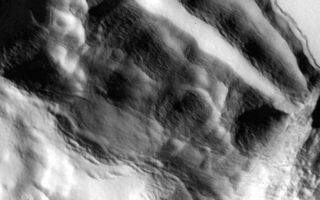
PIA02597: Slumping Cliff on Io in High Resolution
|
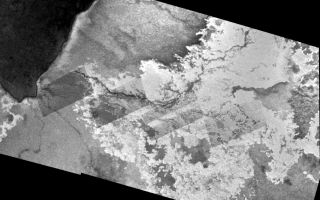
PIA02598: Lava Channel at Io's Emakong Patera
|